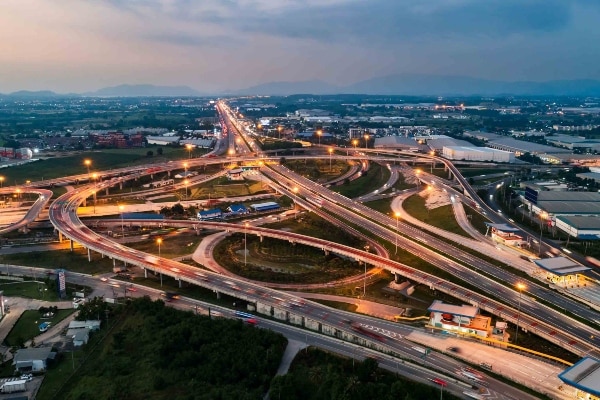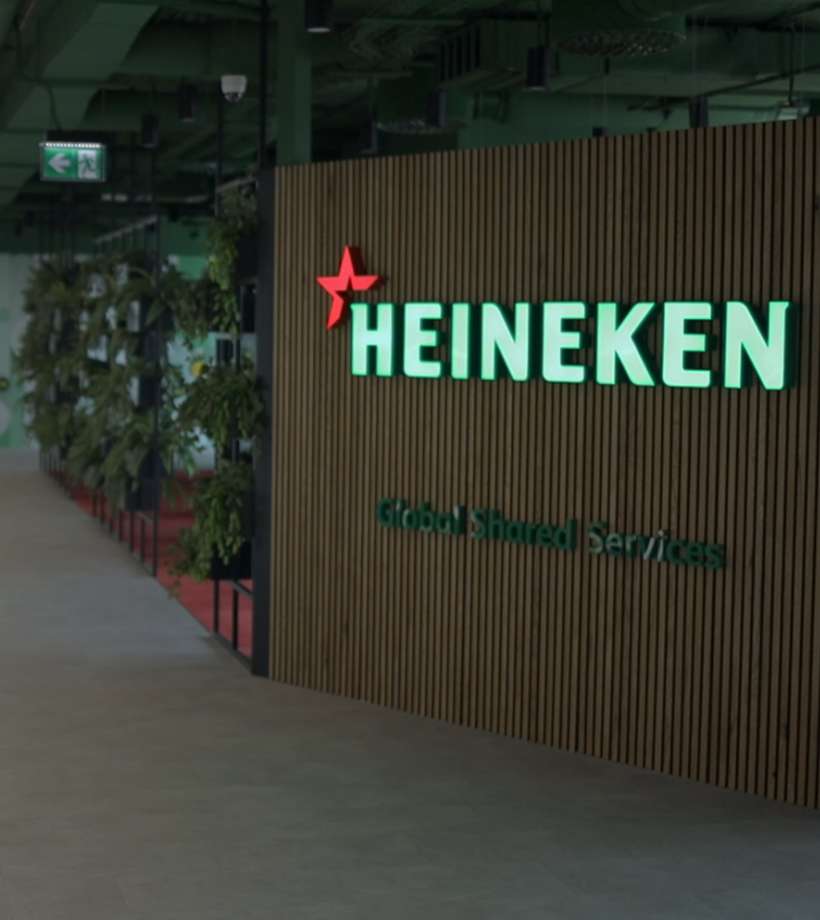-
Featured services
2026 Global AI Report: A Playbook for AI Leaders
Why AI strategy is your business strategy: The acceleration toward an AI-native state. Explore executive insights from AI leaders.
Access the playbook -
Services
Alle Services und Produkte anzeigenNutzen Sie unsere Fähigkeiten, um die Transformation Ihres Unternehmens zu beschleunigen.
-
Services
Network-Services
Beliebte Produkte
-
Services
Cloud
Beliebte Produkte
-
Services
Consulting
-
Edge as a Service
-
Services
Data und Artificial Intelligence
- KI und intelligente Lösungen
- Daten-/KI-Strategie und -Programm
- Data Engineering und Plattformen
- Daten-Governance und -management
- Datenvisualisierung und Entscheidungsfindung
- $name
- GenAI Platforms
- GenAI Industry Services
- GenAI Infrastructure Services
- GenAI Value Transformation
- Data und Artificial Intelligence
-
-
Services
Global Data Centers
-
Beliebte Produkte
-
Services
Application Services
-
Services
Sustainability Services
-
Services
Digital Workplace
-
Services
Business Process Services
-
Services
Generative AI
-
Services
Cybersecurity
-
Services
Enterprise Application Platforms
![]()
IDC MarketScape: Anbieterbewertung für Rechenzentrumsservices weltweit 2023
Wir glauben, dass Marktführer zu sein eine weitere Bestätigung unseres umfassenden Angebotes im Bereich Rechenzentren ist.
Holen Sie sich den IDC MarketScape -
-
Erkenntnisse
Einblicke und RessourcenErfahren Sie, wie die Technologie Unternehmen, die Industrie und die Gesellschaft prägt.
-
Erkenntnisse
Ausgewählte Einblicke
-
Die Zukunft des Networking
-
Using the cloud to cut costs needs the right approach
When organizations focus on transformation, a move to the cloud can deliver cost savings – but they often need expert advice to help them along their journey
-
So funktioniert Zero-Trust-Sicherheit für Ihr Unternehmen
Sorgen Sie dafür, dass Zero-Trust-Sicherheit für Ihr Unternehmen in hybriden Arbeitsumgebungen funktioniert.
-
-
Erkenntnisse
![]()
Copilot für Microsoft 365
Jeder kann mit einem leistungsstarken KI-Tool für die tägliche Arbeit intelligenter arbeiten.
Copilot noch heute entdecken -
-
Lösungen
Alle LösungenWir helfen Ihnen dabei, den Anforderungen an kontinuierliche Innovation und Transformation gerecht zu werden
Global Employee Experience Trends Report
Excel in EX mit Forschung basierend auf Interviews mit über 1.400 Entscheidungsträger:innen auf der ganzen Welt.
Besorgen Sie sich den EX-Report -
Erfahren Sie, wie wir Ihre Geschäftstransformation beschleunigen können
-
Über uns
Neueste Kundenberichte
-
Liantis
Im Laufe der Zeit hatte Liantis, ein etabliertes HR-Unternehmen in Belgien, Dateninseln und isolierte Lösungen als Teil seines Legacysystems aufgebaut.
-
Randstad
We ensured that Randstad’s migration to Genesys Cloud CX had no impact on availability, ensuring an exceptional user experience for clients and talent.
-
-
![Heineken Landing Page]()
NTT DATA und HEINEKEN
HEINEKEN revolutioniert die Mitarbeitererfahrung und die Zusammenarbeit mit einem hybriden Arbeitsplatzmodell.
Lesen Sie die Geschichte von HEINEKEN -
- Karriere
Topics in this article
For years, infrastructure was the unsung hero of IT — critical, but often invisible. Our clients wanted routers, switches and maybe a phone system.
Now, AI has come along and truly flipped the script. AI workloads need enormous computing power, ultrafast networking and minimal latency. GPUs are suddenly more valuable than gold, and governments across the Middle East and Africa now see infrastructure as the foundation of their AI ambitions.
However, a key lesson from NTT DATA’s 2024 Infrastructure Lifecycle Management Report is that outdated or fragmented infrastructure is a top barrier to innovation. In fact, 94% of executives say legacy systems hold back agility.
This is where software-defined infrastructure (SDI) shines. When you virtualize computing, storage and networking resources through software rather than hardware, you enable faster, automated delivery of digital services.
Through centralized visibility, automated compliance and managed multivendor complexity, your infrastructure evolves in sync with your business goals. And with sustainability now a board-level priority, SDI services (SDIS) also help you cut energy use, recycle responsibly and reduce your carbon footprint while still advancing digital transformation.
Why do SDI services matter right now?
The Middle East’s economy can expect a $232 billion boost by 2035 if the region fully embraces AI and acts on the climate crisis. National strategies like Saudi Vision 2030 and ‘We the UAE 2031’ are accelerating this transformation.
Every sector, ranging from finance and manufacturing to healthcare and education, is racing to digitalize. But here’s the challenge: organizations are expected to deliver more with less. Just like when you buy a new smartphone and expect a faster processor and longer battery life at the same price, our clients expect infrastructure to give them more capacity, speed and resilience — without ballooning costs.
This is exactly what SDIS is designed to do:
- Simplify complexity in sprawling, multivendor IT environments.
- Move from capex to opex with subscription and consumption-based models.
- Infuse your infrastructure with AI, for automation, optimization and measurable outcomes.
In short, this is how you can scale and innovate in a region that’s always growing.
SDIS keeps the AI engine ticking over
Traditional IT services were all about SLAs, which basically meant uptime: “We’ll keep your systems running.”
But today, uptime is table stakes. What excites me about SDIS is how we go further with:
- Utilization-level agreements (ULAs): Ensuring that you use what you buy, avoiding wasted spending.
- Value-level agreements (VLAs): Contracting on outcomes — reducing costs, improving performance or supporting innovation.
This shift has changed the conversation and transformed NTT DATA from a service provider into a partner accountable for business results — especially now that AI and SDIS are inseparable.
AI is the engine, but SDIS is the chassis that makes the engine usable. We’re embedding AI agents directly into infrastructure management. After a critical incident, instead of engineers spending days sifting through logs, AI can analyze root causes, draft client communications and recommend next steps in minutes. Engineers become orchestrators, but the heavy lifting is done at machine speed.
AI also enables benchmarking and deeper insights. For example, a bank in Riyadh might want to measure their sustainability progress against their industry peers, or a hospital in Cape Town might need to know which parts of its infrastructure are nearing end-of-life. With AI insights built into the SDIS platform, decisions become proactive, not reactive.
Sector impact: From banking to education
The financial sector has been among the earliest adopters. With intense compliance requirements and customer experience pressures, banks and insurers see SDIS as a way of reducing costs while maintaining agility. By shifting to outcome-based contracts, they can allocate more capital to innovation — like new AI-driven customer services — instead of maintaining legacy systems.
But this isn’t just for finance. In education, universities adopting hybrid learning models need flexible, secure infrastructure, and in healthcare, systems must support cross-border data flows while meeting data-sovereignty requirements.
Even in government, where sovereignty and resilience aren’t negotiable, SDIS offers the flexibility to build and maintain reliable, digital-first systems.
Extending value in partnership with Cisco
Of course, SDIS isn’t built in isolation. I’m especially proud of our long-lived partnership with Cisco, a true pioneer in software-driven infrastructure.
In many organizations, the full adoption of the network technologies they have acquired can be a sticking point. Our SDIS platform integrates with Cisco’s products to automate adoption, track usage and generate AI-driven customer success plans, and tools like a self-service portal make critical insights available to our clients in real time.
This means you don’t just own licenses — you actually use and love them. And when you do, everyone wins: You benefit from reduced complexity and get more business value from your infrastructure, and we strengthen trust across the ecosystem.
A future built on outcomes
When I meet clients, I always come back to this: SDIS is not just another category of IT services. It’s a strategic enabler for digital-first organizations in the Middle East and Africa, going far beyond simply keeping the lights on.
It helps governments secure sovereignty over their data. It helps organizations shift from firefighting to innovating. It helps CIOs prove tangible outcomes — not just uptime. And above all, it helps our region lead, not follow, in the global AI economy.
The question isn’t whether SDIS is relevant. Rather, it is: Can you afford to navigate the AI era without it?




